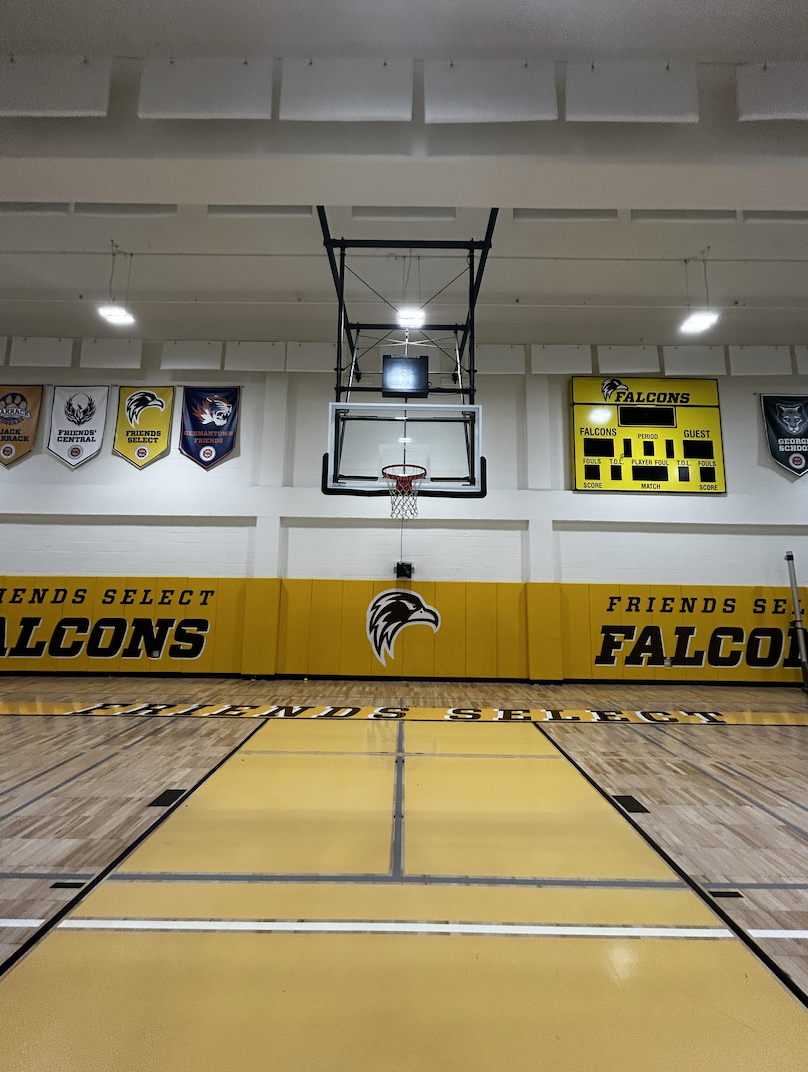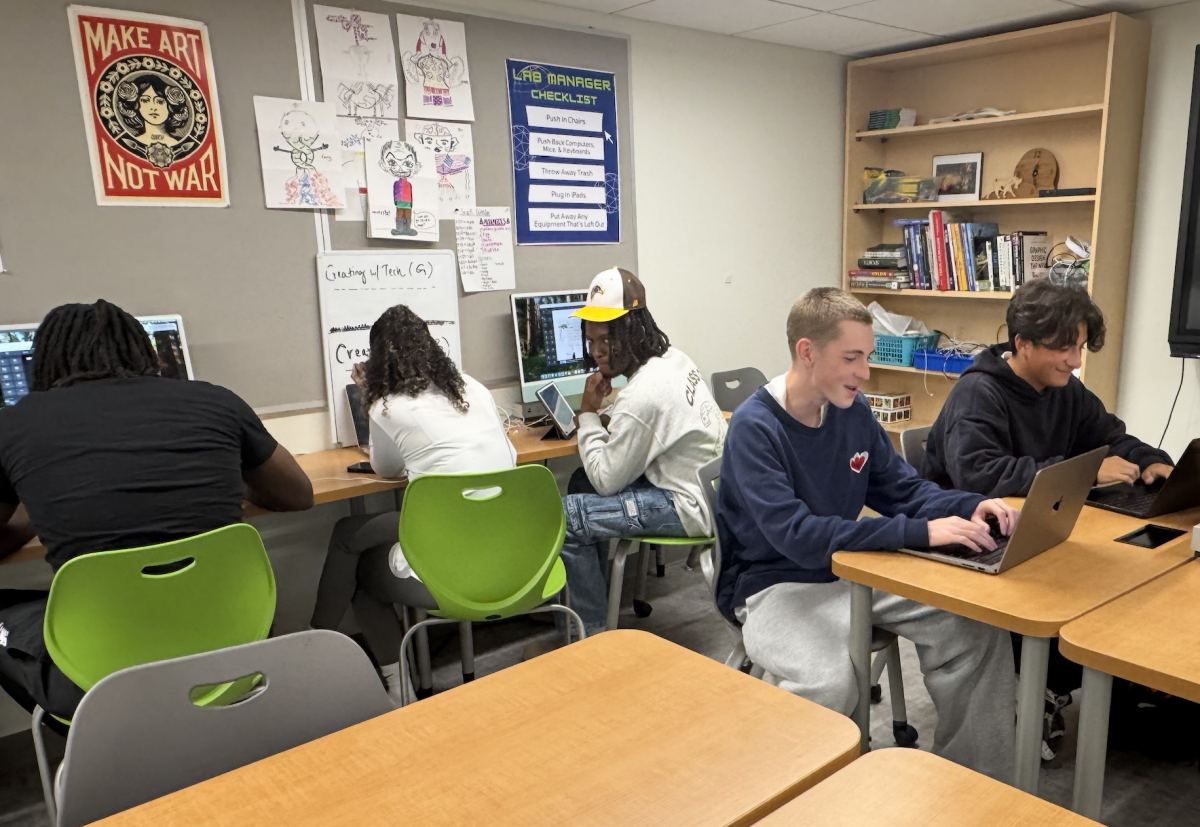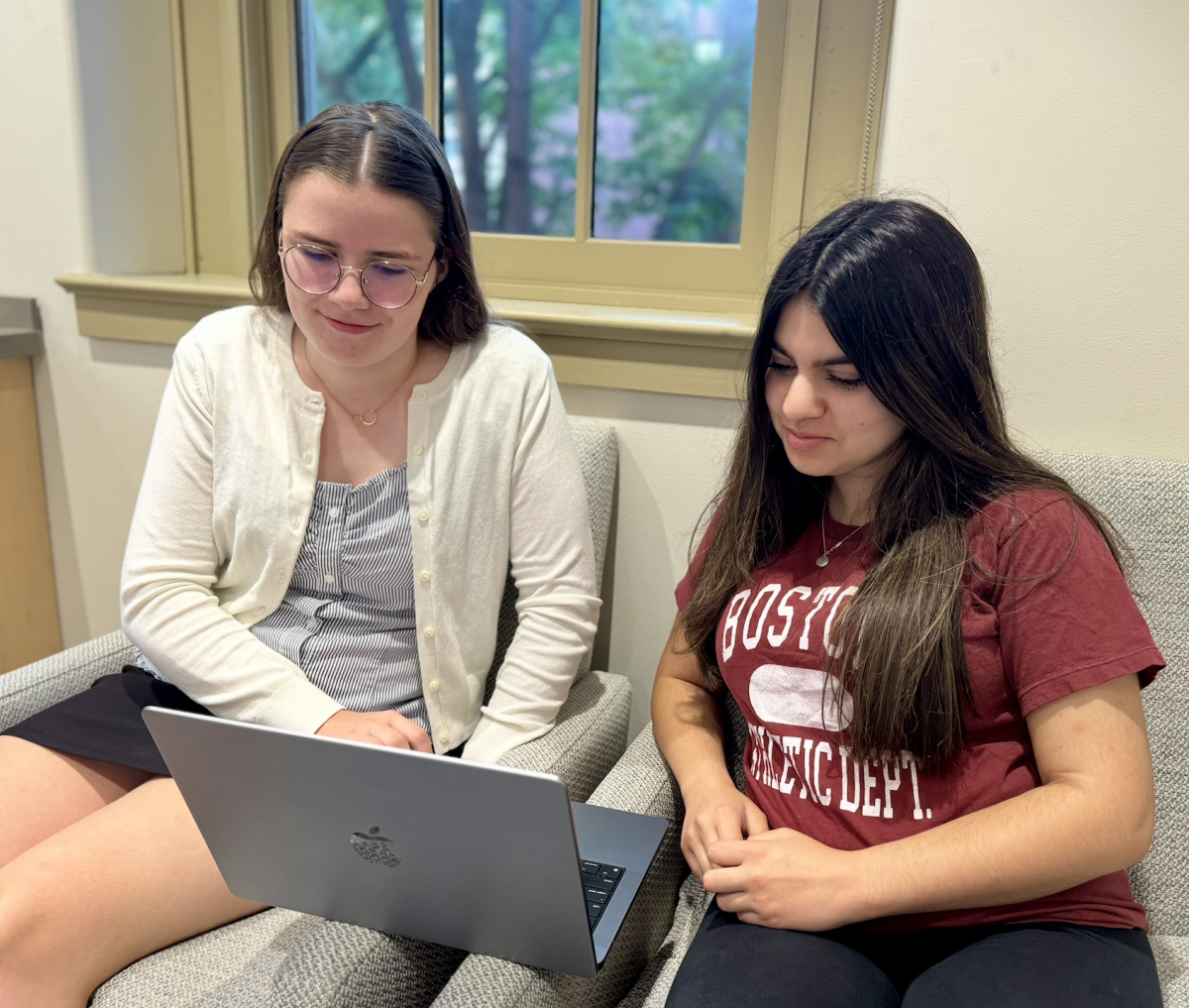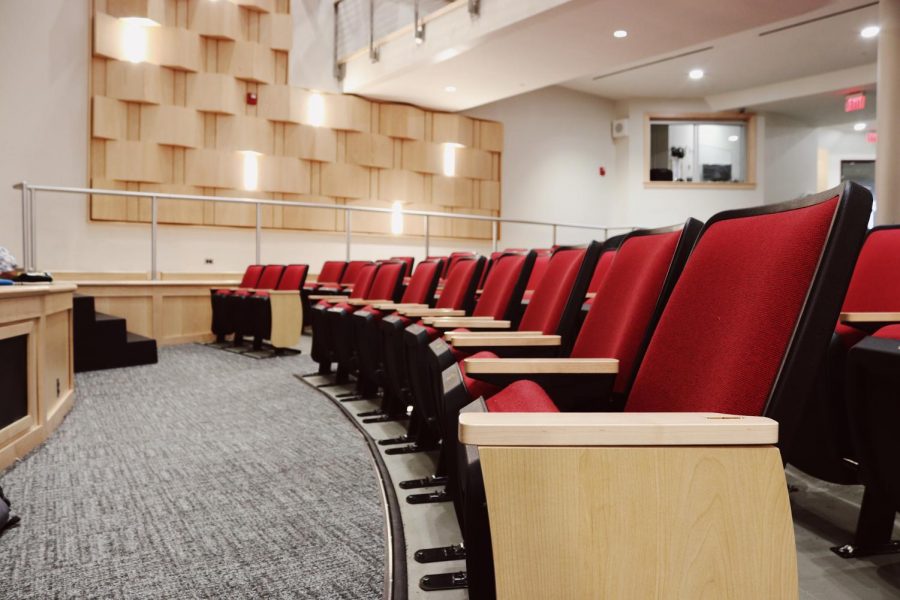Opinion: Blackbaud – The Learning Curve Nobody Needed
The introduction of the new Learning Management System (LMS) Blackbaud this year was intended to provide a centralized platform for grades, class material, and communication with teachers was intended to increase efficiency and ease for administrators, being that Blackbaud was the system already in place for report cards and other administrative functions. However, its introduction has brought many unneeded complications.
One such difficulty is the introduction of the “Launch Assignments” feature through Google Assignments. Sometimes, when submitting an assignment, students completely lose access to their document and are not able to edit or alter anything if they discuss the assignment or topic further in class. In my experience, upon receiving a Google document back from a teacher, the link between my Blackbaud and Google Drive accounts creates new folders in my Google Drive where the returned document then goes. The communication between these two platforms is confusing and hard to navigate.
Another obstacle relating to Google Docs which are linked through Blackbaud is that upon clicking on a link to find the document with said assignment, Blackbaud sometimes requires students to make a copy of the document to complete their work on. While this alone is not the problem, it becomes complicated when you go to re-access the document through Blackbaud and end up making yet another copy. One may end up with many copies of the same document with different sections of it completed.
I have also noticed students frustrated with the signing-in aspect of Blackbaud. The “remember me” checkbox offered at the sign-in step does not seem to function as it should, evidenced by the need to re-sign in each time on both the computer and phone website access to Blackbaud.
In general, there seems to be a lot of information hidden, or generally difficult to find, on Blackbaud. On Canvas, the LMS used for the past few years, and which students were very used to, things were presented intuitively. Previous assignments were easy to find to review comments, grades, or past materials, documents could be easily linked and submitted, and the sign-in process was simple and non-repetitive. In addition, discussions could be held right on Canvas for in-class assignments or short writing assignments. Tests and quizzes could also be easily formatted and given. Grades were easy to find, assess, and gauge, especially with the option for students to test potential scores and calculate new grade averages. Grade breakdowns were accessible and comprehensible.
The isolated flaws with the Blackbaud LMS would be quite manageable if not for the other newness that this school year entails. The transition back to in-person, fast-paced, and robust learning is an adjustment in its own right, but the additional learning curve of navigating a new learning system on top of that has been challenging and frustrating. Speaking on behalf of the senior class, who will be moving on to college next year, Canvas is the most popular LMS used by colleges at this point, so students will have to make the somewhat ironic transition back to full-time Canvas use in less than a year.
With all this said, students will likely adjust to the strange technicalities of this LMS with time, and the challenges that frustrate us now will be distant memories in a few quarters. Simply put, Blackbaud is a temporary difficulty atop the mountain of things students balance on their plates in a given week.




























